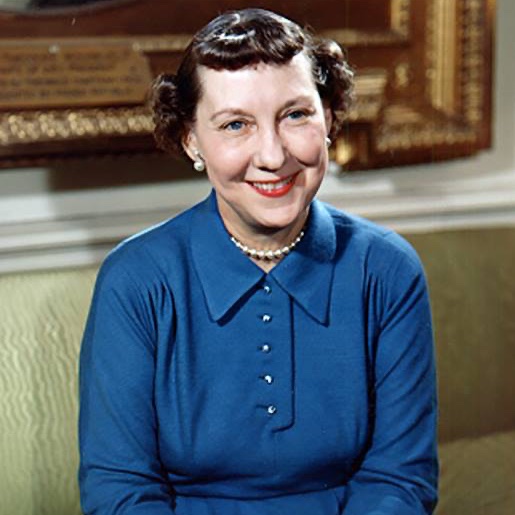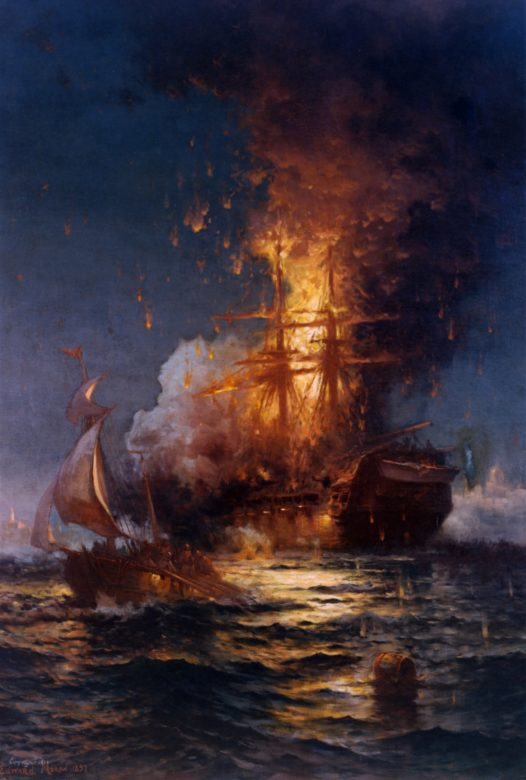Pictured below is the portrait of Hayne Hudjihini, or Eagle of Delight, painted by Charles Bird King. (1/6)
Image Credit: White House Historical Association
Image Credit: White House Historical Association

Hudjihini was a member of the Eagle clan of the Jiwere-Nut’achi, or Otoe-Missouria, tribe located in the Great Lakes Region near present-day Nebraska, and the wife of Chief Sumonyeacathee of the Otoe-Missouria Bear clan. (2/6)
While the Otoes and Missourias were related in language and customs and formed a single tribe, they were two distinct people. (3/6)
In 1822, both Hudjihini and her husband traveled to Washington, D.C., along with fifteen other American Indian representatives from various tribes, to meet with President James Monroe at the White House. (4/6)
Image Credit: White House Collection
Image Credit: White House Collection

As leaders and ambassadors of the Otoe-Missouria people, Hudjihini and Chief Sumonyeacathee discussed the sovereignty of their people and a possible alliance with the United States government. (5/6)
Each male delegate who traveled to the White House received a peace medal with an inscription of President Monroe’s profile. Hudjihini, the only woman ambassador of the delegation, did not. (6/6)
Image Credit: Library of Congress
Image Credit: Library of Congress

• • •
Missing some Tweet in this thread? You can try to
force a refresh





















